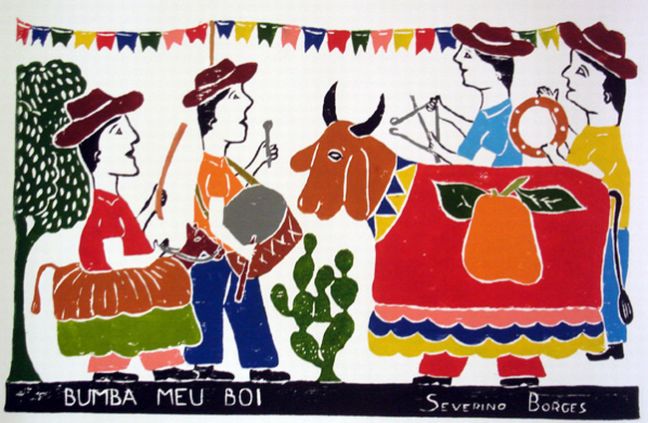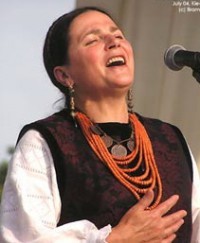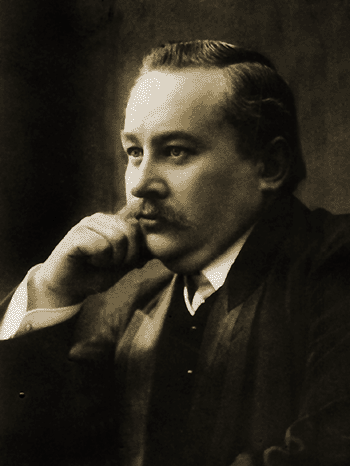North End House, Rottingdean (detail) - Thomas Matthews Rooke. 1842 - 1942.
My Garden
1997
Tracks:
1: Lieder und Gesänge III, Op 77 (Schumann) - No 2: Mein Garten
2: Lieder und Gesänge I, Op 27 (Schumann) - No 4: Jasminenstrauch
3: Sechs Gesänge, Op 107 (Schumann) - No 1: Herzeleid
4: Drei Gesänge, Op 83 (Schumann/Rückert) - No 2: Die Blume der Ergebung
5: Zwölf Gedichte von Justinus Kerner, Op 35 (Schumann) - No 04: Erstes Grün
6: Lieder und Gesänge II, Op 51 (Schumann) - No 2: Volksliedchen
7: Gedichte von Eduard Mörike (Wolf) - No 13: Im Frühling
8: Gedichte von Eduard Mörike (Wolf) - No 17: Der Gärtner
9: Eichendorff Lieder (Wolf) - No 08: Nachtzauber
10: Lieder nach Gedichten von J W von Goethe (Wolf) - No 28: Frühling übers Jahr
11: Lieder nach Gedichten von J W von Goethe (Wolf) - No 29: Anakreons Grab
12: Gedichte von Eduard Mörike (Wolf) - No 06: Er ists
13: Le mariage des roses, M80 (Franck)
14: Le temps des lilas (Chausson)
15: Cinq Mélodies «de Venise», Op 58 (Fauré) - No 3: Green
16: Les roses d'Ispahan, Op 39 No 4 (Fauré)
17: Lied (Chabrier/Mendès)
18: Toutes les fleurs (Chabrier)
19: From the red rose (Stanford)
20: Roses of Picardy (Wood)
21: Triolet (Musto)
22: The rose family (Musto)
23: Songs of perfect propriety (Barab) - No 8: One perfect rose
24: Red roses and red noses (Berners)
25: Cabbages, Cabeans and Carrots (Stanley/Allen)
Personnel:
Felicity Lott (soprano)
Graham Johnson (piano)
1997
Tracks:
1: Lieder und Gesänge III, Op 77 (Schumann) - No 2: Mein Garten
2: Lieder und Gesänge I, Op 27 (Schumann) - No 4: Jasminenstrauch
3: Sechs Gesänge, Op 107 (Schumann) - No 1: Herzeleid
4: Drei Gesänge, Op 83 (Schumann/Rückert) - No 2: Die Blume der Ergebung
5: Zwölf Gedichte von Justinus Kerner, Op 35 (Schumann) - No 04: Erstes Grün
6: Lieder und Gesänge II, Op 51 (Schumann) - No 2: Volksliedchen
7: Gedichte von Eduard Mörike (Wolf) - No 13: Im Frühling
8: Gedichte von Eduard Mörike (Wolf) - No 17: Der Gärtner
9: Eichendorff Lieder (Wolf) - No 08: Nachtzauber
10: Lieder nach Gedichten von J W von Goethe (Wolf) - No 28: Frühling übers Jahr
11: Lieder nach Gedichten von J W von Goethe (Wolf) - No 29: Anakreons Grab
12: Gedichte von Eduard Mörike (Wolf) - No 06: Er ists
13: Le mariage des roses, M80 (Franck)
14: Le temps des lilas (Chausson)
15: Cinq Mélodies «de Venise», Op 58 (Fauré) - No 3: Green
16: Les roses d'Ispahan, Op 39 No 4 (Fauré)
17: Lied (Chabrier/Mendès)
18: Toutes les fleurs (Chabrier)
19: From the red rose (Stanford)
20: Roses of Picardy (Wood)
21: Triolet (Musto)
22: The rose family (Musto)
23: Songs of perfect propriety (Barab) - No 8: One perfect rose
24: Red roses and red noses (Berners)
25: Cabbages, Cabeans and Carrots (Stanley/Allen)
Personnel:
Felicity Lott (soprano)
Graham Johnson (piano)
An anthology, in the original Greek, means a collection of flowers; and the garden tended here by Felicity Lott and Graham Johnson contains many species from around the globe: violets, rosemary, mimosa, periwinkles, lilies, daisies, roses, jasmine, immortelles, sunflowers, snowflowers, saffron, primroses, walnut and orange-tree blossom, laurel, carnations, lilac, strawberries, cornflowers, convolvulus, cyclamen, broom, lilies-of-the-valley, marigold, iris and pinks. And these flowers grace gardens in Germany, France, America and England.
There are six songs each by Schumann and Wolf, and delights from four French composers. In the English part of the disc we range from Haydn Wood's well-known Roses of Picardy to the humorous Red Roses and Red Noses by Lord Berners, a take-off of Thomas Moore's The last rose of summer.
The anthology ends irreverently with Cabbages, Cabeans and Carrots, a music-hall song prefaced in the score with the words: 'I think all these Flower Songs are ridiculous'!
There are six songs each by Schumann and Wolf, and delights from four French composers. In the English part of the disc we range from Haydn Wood's well-known Roses of Picardy to the humorous Red Roses and Red Noses by Lord Berners, a take-off of Thomas Moore's The last rose of summer.
The anthology ends irreverently with Cabbages, Cabeans and Carrots, a music-hall song prefaced in the score with the words: 'I think all these Flower Songs are ridiculous'!
A London garden - - Thomas Matthews Rooke. 1842 - 1942.
♥


































%20-21%2025.jpg)














































+Front.jpg)
















